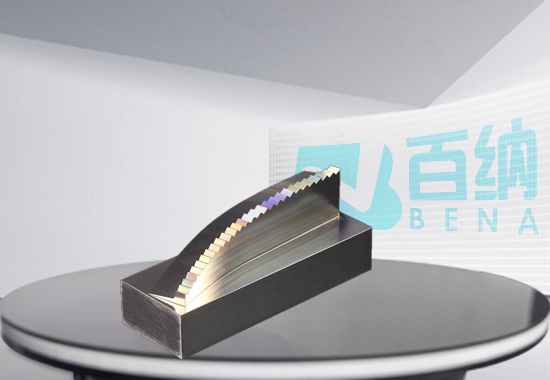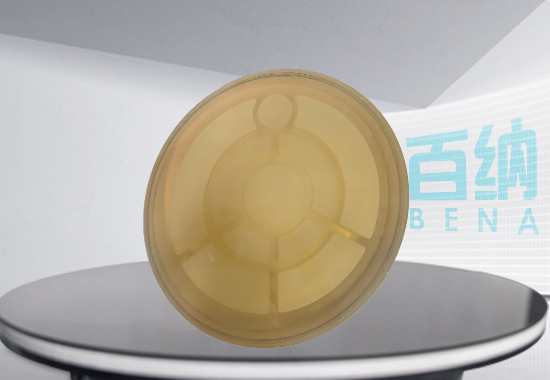In today’s rapidly advancing technological era, the demand for various high-precision optical components in the precision optics industry is growing. The introduction and application of CNC (Computer Numerical Control) technology have played a crucial role in this field. CNC machining not only improves manufacturing efficiency but also significantly enhances product quality and consistency, providing strong technical support for the development of the precision optics industry.
Strict Requirements for Machining Technology in the Optics Industry
The optics industry relies on the highest precision and accuracy of mechanical components to ensure seamless integration into complex devices such as lasers, cameras, microscopes, and telescopes. The end users of these products require high precision to support their specific optical solutions. However, due to extremely tight tolerances, stringent quality control standards, and the aesthetic appeal required for visual attractiveness, optical product manufacturers often face significant challenges.
Technical Advantages of CNC Machining
High Precision and Consistency: CNC machines can perform machining at the micron level, ensuring that the dimensions and shapes of each optical component meet strict design requirements. This high precision and consistency are difficult to achieve with traditional manual machining and are especially important for optical components, as any slight deviation can affect their optical performance.

Complex Geometric Shape Machining: Modern optical component designs often feature complex geometric shapes that are difficult to achieve with traditional machining methods. CNC technology can easily machine complex surfaces and structures by precisely controlling the tool path, meeting the needs of various optical designs.
Automation and High Efficiency: CNC machining has a high degree of automation and can achieve 24-hour continuous production. This not only improves production efficiency but also reduces human error and costs, making large-scale production possible.
Main Applications of CNC Machining in Precision Optical Components
Consumer Electronics and Biomedical Devices: With the increasing demand for consumer electronic devices (such as smartphones, tablets, AR/VR devices) and biomedical devices, the demand for high-precision optical components is also rising. These devices require extremely high precision and performance, and CNC machining technology plays an important role in producing these critical components.
Industrial and Defense Applications: Precision optical components are increasingly used in industrial automation, aerospace, and defense fields. For example, the promotion of Industry 4.0 technology and the development of autonomous driving technology require a large number of high-precision optical components.
Common Materials Used in CNC Machining of Precision Optical Components
Aluminum Alloys: Known for good machinability, lightweight, and high strength. For example, 6061 aluminum alloy is commonly used to manufacture housings and structural parts of optical instruments. In some portable optical devices, aluminum alloy components ensure strength while reducing overall weight.

Copper Alloys: Such as beryllium copper, which has good electrical and thermal conductivity, suitable for optical components requiring good heat dissipation. Some high-power laser systems may use copper alloy materials for heat sink components.
Stainless Steel: Known for good corrosion resistance and high strength. For example, 304 stainless steel is commonly used to manufacture support structures for optical platforms, maintaining stable performance in complex environments.
Engineering Plastics: Such as polycarbonate (PC) and acrylic (PMMA), which have good optical transparency and machinability. Widely used in some non-critical optical components or protective covers, such as observation windows of optical instruments.
Silicon Carbide: Known for high hardness and good wear resistance, suitable for manufacturing high-wear optical components. Commonly used in high-precision optical motion platform guide rail components.
Fused Silica: Known for good thermal stability and optical uniformity. Used in some optical systems sensitive to temperature changes.
Single Crystal Silicon: Known for high purity and stable physical properties. Used in high-precision optical machining fields such as semiconductor lithography.
Titanium Alloys: Known for high strength, good corrosion resistance, and relatively lightweight. Used in optical equipment components in the aerospace field.
Bena Optics not only possesses a high level of professional skills but also understands the importance of each component in the overall project and its intended application. This enables them to effectively machine parts that are perfectly suited for assembly. Given the nature of the precision optics industry, multiple trials are often required before mass production begins, making it crucial to collaborate with manufacturing partners who have extensive flexibility in production capabilities.